Bruno Munari: A Multi-Talented Artist and Designer
Stories
18.01.2022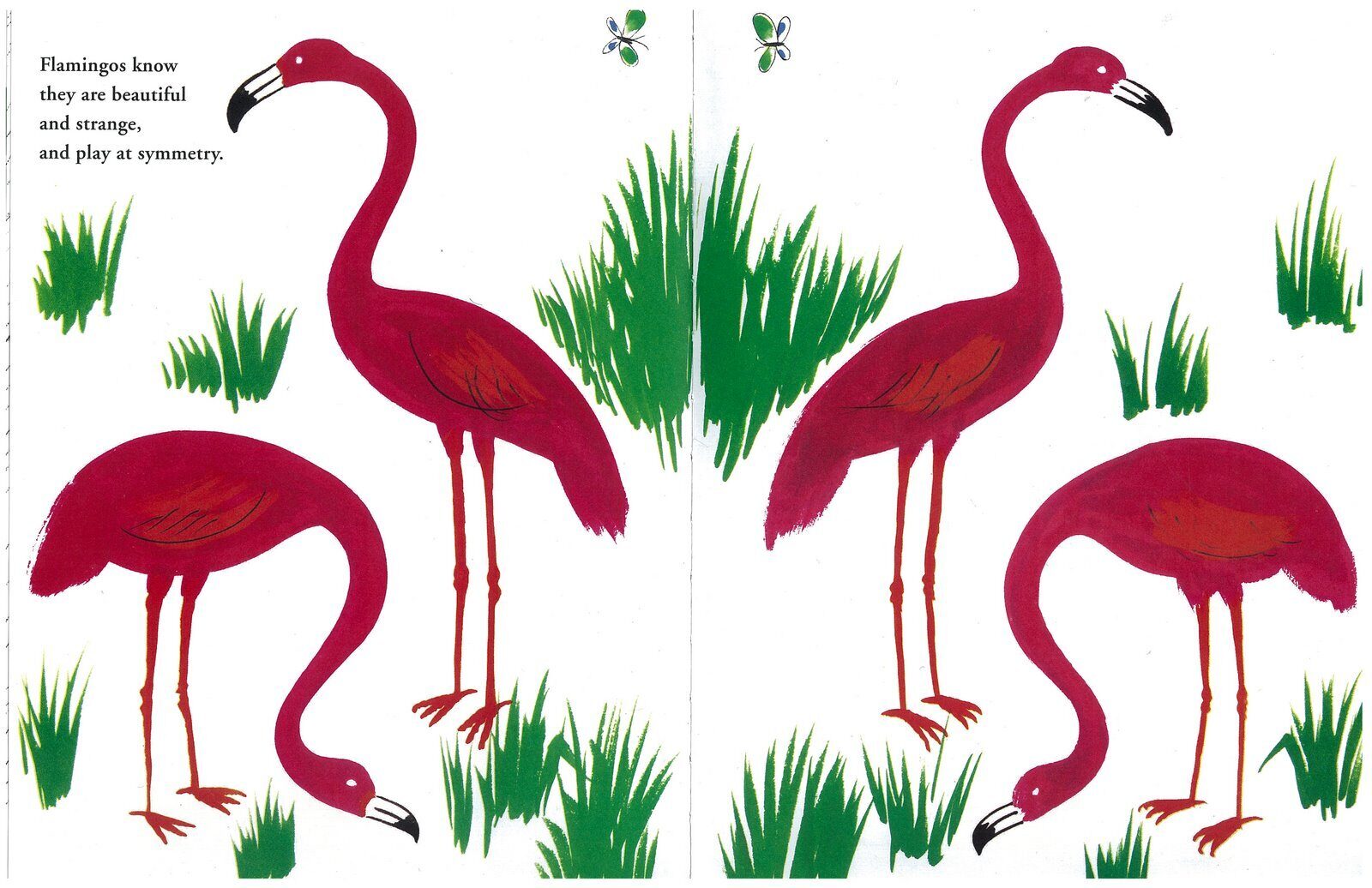
Illustration from Bruno Munari's "Zoo".
Bruno Munari (1907-1998) was undeniably one of the most influential designers of all time. During the twentieth century, he was a well-known graphic designer in Italy; Picasso even referred to him as the "new Leonardo." He is famous for his contributions to the visual arts and gaming studies. In Italy, his writings are still taught in elementary schools. The object's essential characteristics of utility, coherence, and potential societal value were more important to him than its beauty.
Bruno Munari was born in Milan. He spent much of his childhood and adolescence in Badia Polesine, Veneto, Northern Italy. He returned to Milan in his late teens to work with his uncle. In 1927, he joined Filippo Tommaso Marinetti's "Second" Italian Futurist movement, exhibiting his work in a number of exhibitions. Munari also sent collages to Italian periodicals in accordance with the movement's goals. His thinking eventually strayed from their fundamental principles. He met Louis Aragon and André Breton, both well-known French authors at the time, on a trip to Paris in 1933.
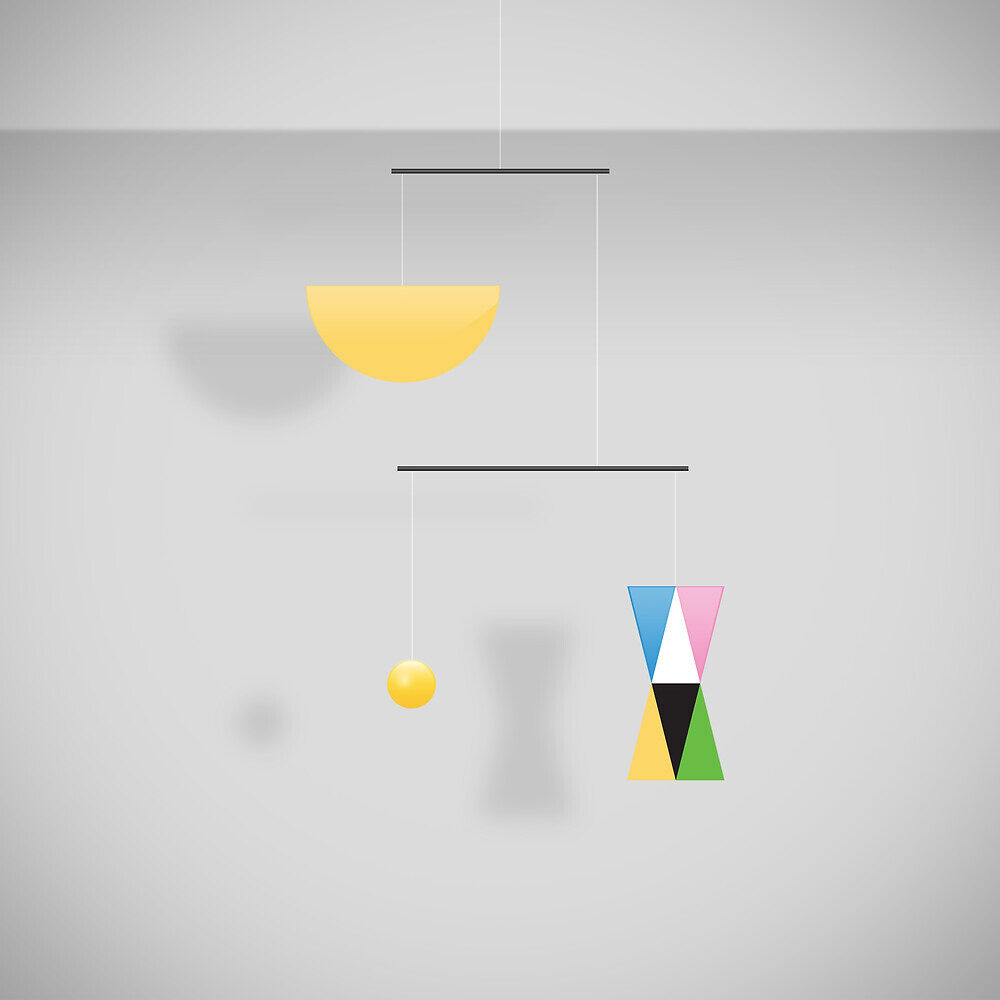
Bruno Munari, La Machine inutile Max Bill, 1933-1993
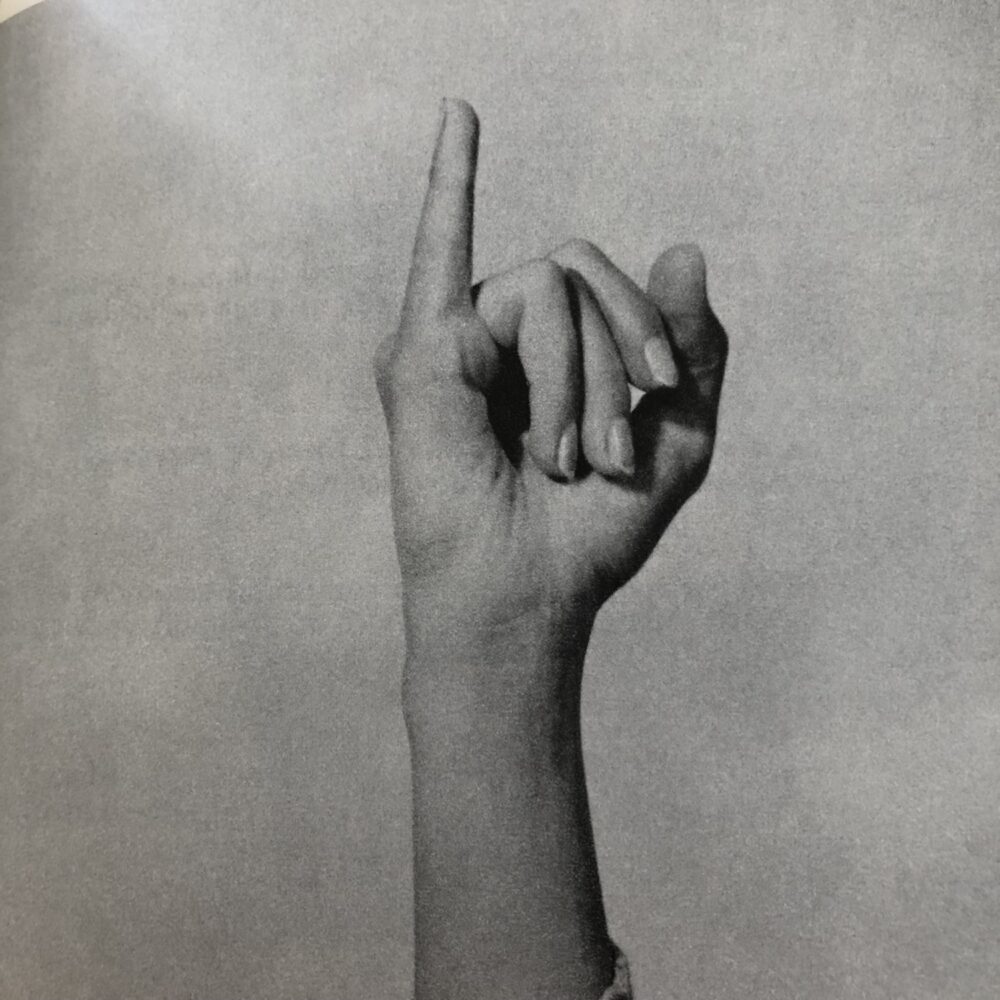
Bruno Munari, "Supplement to the Italian Dictionary", 1958
Munari's sculptures in the years after, such as his "Aerial Machine", demonstrated a fondness for constructivism. He created a series of "Useless Machines" that used painted cardboard and a range of lightweight materials to unleash tridimensional abstract creations. He also investigated Gestalt theory with a series of "Negative-Positive" compositions.
From 1938 until 1943, he worked for Mondadori (an Italian publisher of books and magazines) as a press graphic designer and the creative director of two of the company's periodicals, Tempo Magazine and Grazia. Simultaneously, he started writing children's books, which he initially intended for his son Alberto. He created books that educate about touch and colour through kinesthetic learning by using textured, tactile surfaces and cut-outs.
Munari created the Movimento Arte Concreta (MAC, Italian concrete art movement) in 1948 alongside Gillo Dorfles, Gianni Monnet, and Atanasio Soldati. "The artist works with imagination, whereas the designer utilises creativity," he said of his design approach. During the 1940s and 1950s, Munari designed a wide range of goods for the Italian design industry, including furniture, TVs, and toys, among other things. Among his works are the Chair for Brief Visits (Sedia per visite Brevissime), created in 1945 and produced by Zanotta in 1988 and Abitacolo (1971). His publications were also extremely interesting and include "Speak Italian: The Fine Art of the Gesture", published in 1963, and "Drawing the Sun" and "Drawing a Tree", both for children. "Da cosa nasce cosa" (never translated into English), one of his works, describes the phases necessary to solve a problem and the designer's need for simplicity and formal consistency. In the second section, he goes over some of the projects he was involved in, breaking them down into their design components and discussing them. "When the objects we use every day and the surroundings we live in have become in themselves a work of art, then we shall be able to say that we have achieved a balanced life,” he writes in the book.
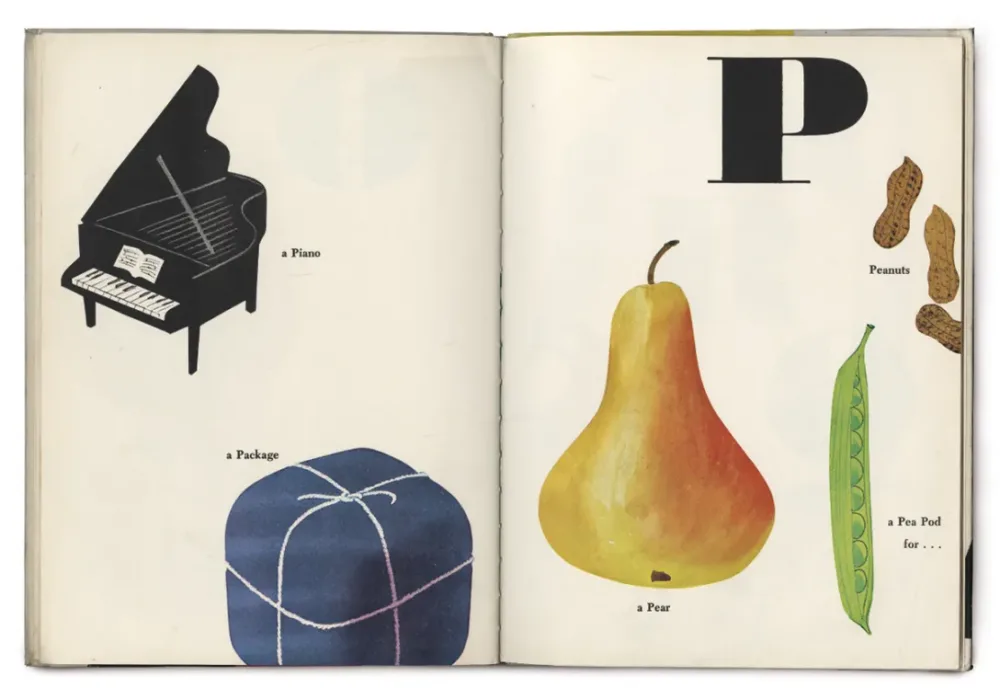
"Design as Art" by Bruno Munari, published in November 2008 by Penguin Classics.
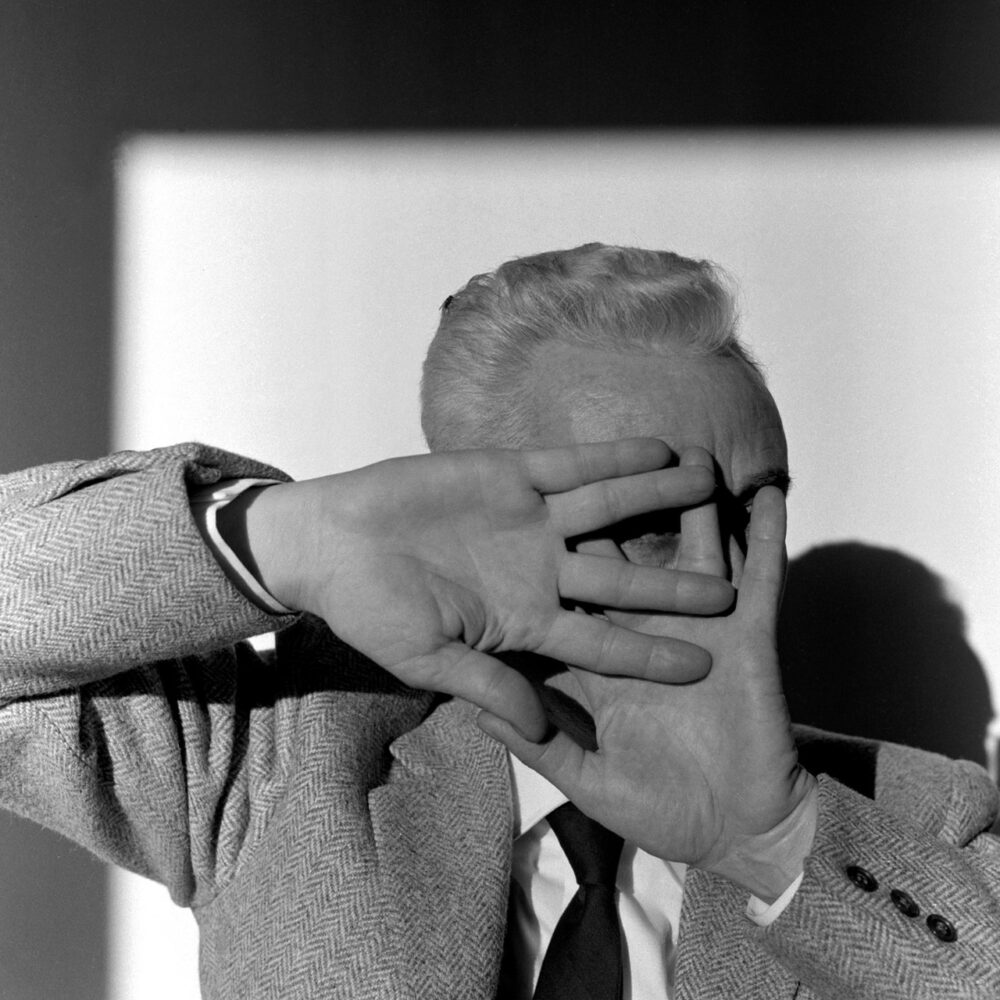
Ada Ardessi, Bruno Munari, Monte Olimpino, 1972 © Isisuf. International Institute of Futurism Studies
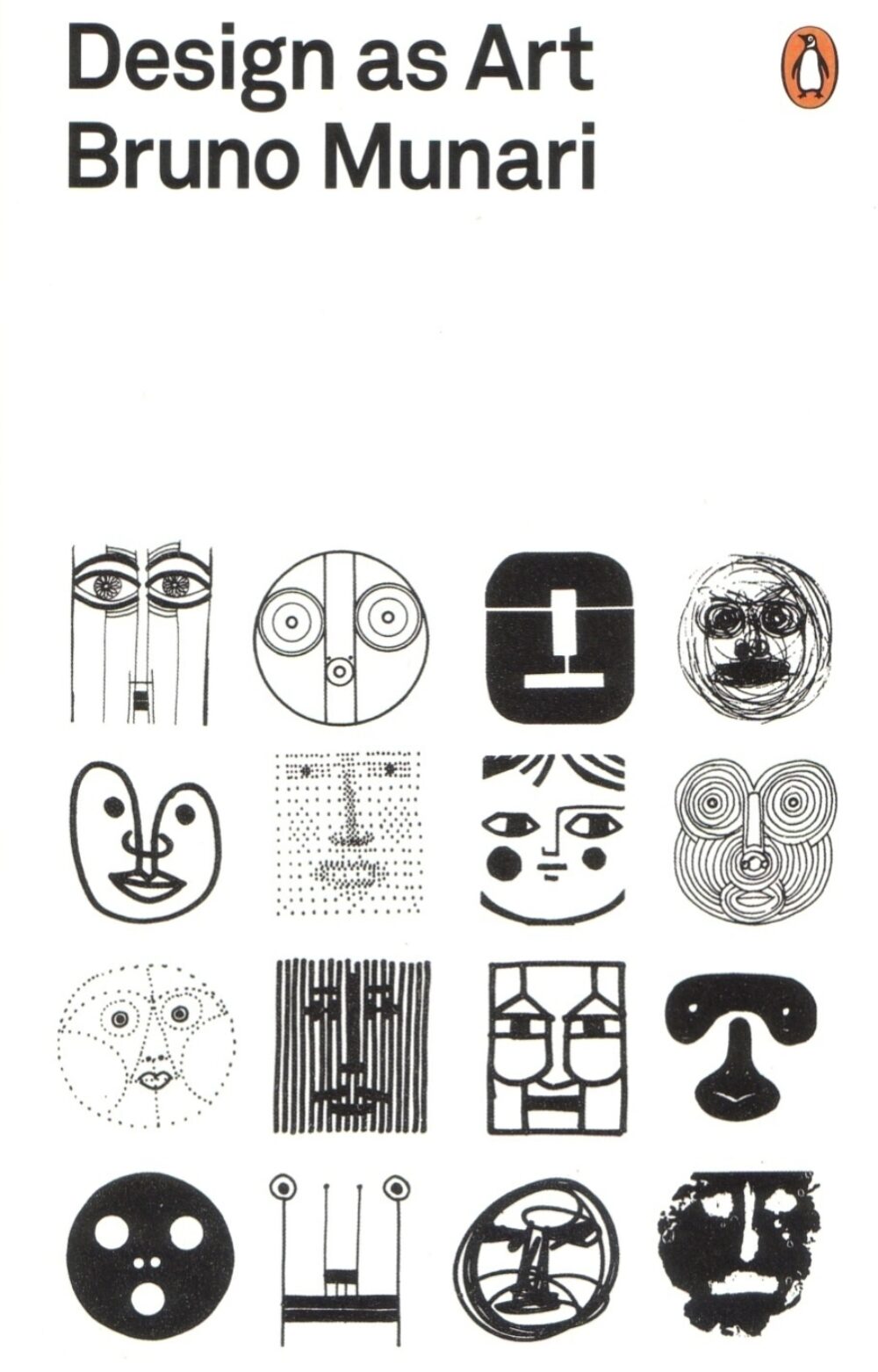
"Design as Art" by Bruno Munari, published in November 2008 by Penguin Classics.
“To preserve the spirit of childhood throughout life means to preserve the curiosity to learn, the pleasure to understand, and the desire to communicate.”
- Bruno Munari
